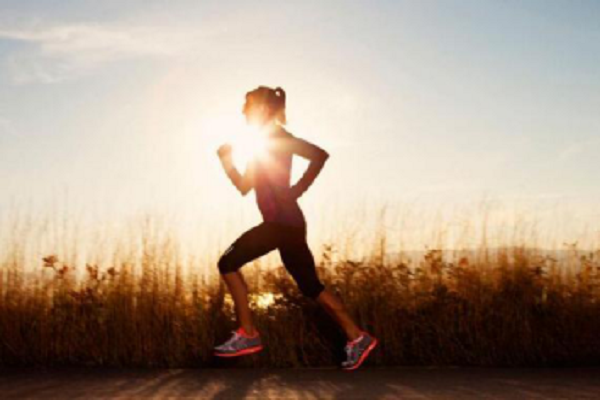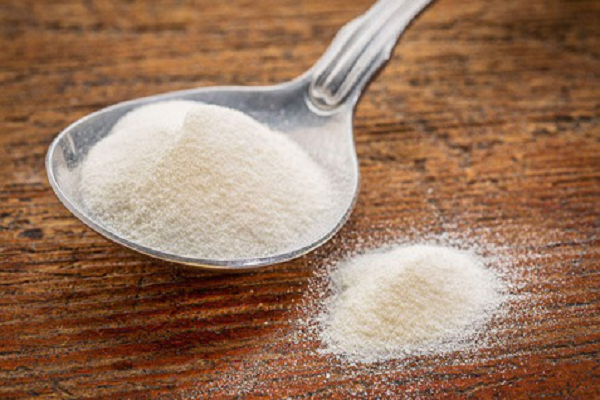Scientific name: FructusRosaeLaevigatae
Alias: sugar jar, wild pomegranate, sugar glycosides, prickly pear
Family is: Rosaceae
Origin: Country of origin
Growth habits:
Hi warm and moist and sunny environment, more cold-resistant, drought-resistant, strict soil requirements. Growing fertile soil is particularly strong.
Breeding:
Common sowing and cutting propagation. Seeding, planting seeds in October, drying in the winter, spring sowing in the following year, about 40-50 days of germination. Cuttage, the selection of tender shoots after the plum rain season, can take root after 10-15 days.
Cultivation:
Rosa laevigata has strong adaptability and simple cultivation and management. Fertilization 2-3 times during growth period. Appropriate pruning of long leggy branches can be more flowering and fruitful. Thinning of the dense branches and dead branches for ventilation and light transmission. Ornamental planting should be set up.
Pests and diseases:
Occurrence of powdery mildew and leaf spot mainly occurs with a 70% thiophanate-methyl wettable powder 1000 times solution. Insect pests are endangered by spider mites, aphids, and caterpillars, and were sprayed with 1000-fold of 50% phoxim EC.
application:
Rosa laevigata is white in color, aromatic in color, orange-red in fruit, and inverted in shape. It resembles a bottle of wine. It is an ornamental vine plant with flowers and fruit. It can be cultivated as a shrub, or it can be climbed on a flower stand or a wall. Fences for vertical greening materials.
The concoction of this product is divided into two kinds: Rosa chinensis and Rosa laevigata.
1. Jin Yingzi:
Remove impurities and residual burrs from the product, put it in a cylinder, wash it with clean water, and dry it. In some places, the cherries are cut and then dried. The author believes that cutting open the sun is indeed a superfluous move and it is not appropriate for Rosa laevigata.
2. Jin Zi Zi Rou:
Cut the cherries, dig the seeds and fluff. Rinse with clean water and drain the remaining water. Dry or dry with a mild fire. After drying, gently knead and sieve to remove crushed, fluff and seeds.
Rosa laevigata promotes the secretion of gastric juice and helps digestion, but it can reduce the secretion of intestinal secretion. Therefore, it has antidiarrheal effect. According to reports, 10% Rosa vulgaris decoction taken internally to treat mild uterine prolapse has a certain effect. For in vitro tests, a 1:3200 diluted aqueous solution of golden wolfberry has an inhibitory effect on influenza virus.
Storage:
Put it in a terracotta or iron drum and put it in a dry place to prevent pests.
How to make cherries:
Rosa laevigata is mainly used as the main raw material of cherries, the raw material requires high maturity, no pests, no rot, no debris, broken crushed when the skin of Rosa laevigata without breaking the core of the fruit. The soaked raw wine is divided into three portions and soaked with 40% deodorized alcohol and 25% deodorized alcohol respectively. Each soaking time is more than one and a half months, and the number of returning juices is more than 5 times. Three soaks of the original wine are separately spliced ​​and frozen. , and then filtered and stored for more than one year respectively.
During fermentation, sugar water, citric acid water, and sulfur dioxide are added to stir, and then the artificially cultivated yeast is used to perform pre-fermentation and post-fermentation. Then, the components are separated, the ingredients are prepared, frozen, glued, filtered, and covered with deodorized alcohol. Transferred to the storage stage, can be used above 1 year, and finally choose the best ratio to expand production, after freezing, storage for 1 month, filtration, filling, water bath sterilization, natural cooling, finished products.
Collagen is a triple helical protein which can be considered as the bio-glue inside our body; in fact, animal glue can be obtained by boiling the animal skin. Collagen, a major component of connective tissues, exits in the extracellular space of these tissues which are the key reinforcing and bonding materials for all tissues and organs throughout our body, forming rigid structures as such bone, semi-rigid tissues such as cartilage, or soft tissues such as muscle, tendon, skin, ligaments, and cell membranes, etc. There are different forms (fibrillar and non- fibrillar) and types of collagens in the body; Type 1 being the major type constitutes over 90% in our body and is the major component in skin, tendon, vascular ligature, organs, bone (main component of the organic part of bone). Because collagen is an essential building material of all tissues and organs, it has many medical uses, such as in cardiac (hear) applications, cosmetic surgery, bone grafts, tissue regeneration, reconstructive surgical uses, and wound healing care.
Collagen is created inside fibroblast cells, and this process is needed to support the creation and repair of the body`s connective tissues. However, the biological process starts to breakdown when we are aging, normally after we reach the age of late 20s or early 30s. Because collagen from natural sources such as animal, fish scales or plant contain essentially the same amino acid compositions (glycine, proline, alanine, hydroxyproline, glutamic acid, arginine, aspartic acid, serine, lysine, leucine, valine, threonine, phenylalanine, isoleucine, etc.) as human collagen, supplement the body with the natural collagen, either by dermal application or through oral ingestion, can help rejuvenate collagen creation process to support the repairing of aging connective tissues in our body, particularly those in our skin, and to reverse or slow down the aging process for a more youthful appearance.


Collagen
Hydrolyzed Collagen,Fish Collagen,Collagen Food,Collagen Cosmetic
Nanjing Sunshine Biotech Co., Ltd , http://www.sunshine-bio.com